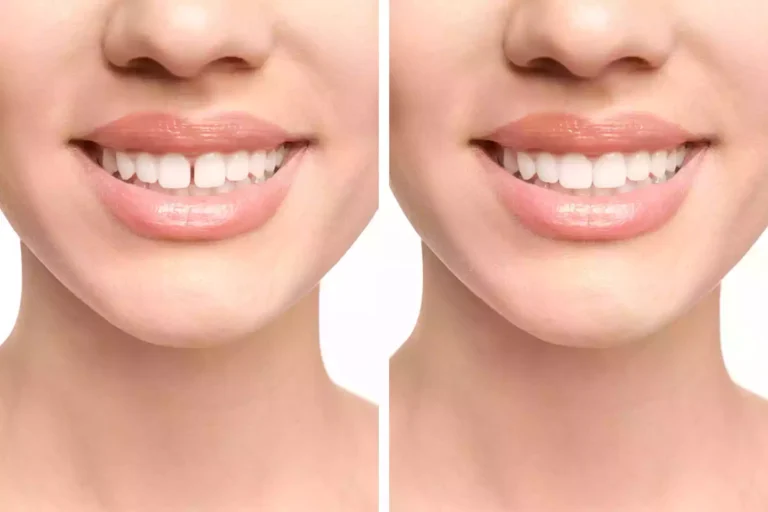Nail fungus, also known as onychomycosis, is a common condition that affects many people worldwide. It can cause nails to become discolored, thickened, and brittle, leading to discomfort and self-consciousness. While there are various treatments available, one natural remedy gaining popularity is hydrogen peroxide. In this article, we will explore the use of hydrogen peroxide for nail fungus, how it works, its benefits, and how to use it effectively.
Understanding Nail Fungus
Before delving into hydrogen peroxide as a treatment option, it’s essential to understand what nail fungus is and how it develops.
What Is Nail Fungus?
Nail fungus is an infection caused by fungi that thrive in warm, moist environments. These fungi can invade the nail bed, leading to various symptoms, including:
- Discoloration (yellow, brown, or white nails)
- Thickened nails
- Brittle or crumbling nails
- Distorted nail shape
- Pain or discomfort in severe cases
Causes of Nail Fungus
Several factors can contribute to the development of nail fungus:
- Moisture: Fungi thrive in damp conditions, making wet environments ideal for growth. This is why nail fungus is common in people who frequently expose their feet to moisture, such as swimmers or those who wear wet socks.
- Poor Hygiene: Neglecting proper foot and nail hygiene can increase the risk of fungal infections.
- Trauma: Injuries to the nails can provide an entry point for fungi.
- Underlying Health Conditions: Conditions such as diabetes, weakened immune systems, and circulatory problems can make individuals more susceptible to nail fungus.
- Nail Products: Using contaminated nail products or sharing nail tools can also lead to infections.
What Is Hydrogen Peroxide?
Hydrogen peroxide (H₂O₂) is a colorless, odorless liquid commonly used as a disinfectant and antiseptic. It has strong oxidizing properties, making it effective against a variety of pathogens, including bacteria and fungi. Because of its antifungal properties, hydrogen peroxide is being explored as a potential treatment for nail fungus.
How Does Hydrogen Peroxide Work?
Hydrogen peroxide works by releasing oxygen when it comes into contact with organic materials, including fungi. This release of oxygen creates an environment that is hostile to fungal growth, effectively killing the pathogens responsible for nail fungus.
Benefits of Using Hydrogen Peroxide for Nail Fungus
- Antifungal Properties: Hydrogen peroxide can help eliminate the fungi causing the infection, promoting healthier nail growth.
- Disinfectant: It can cleanse the affected area, reducing the risk of secondary infections.
- Cost-Effective: Hydrogen peroxide is widely available and inexpensive compared to some prescription antifungal medications.
- Easy to Use: It can be easily incorporated into daily routines.
- Minimal Side Effects: When used properly, hydrogen peroxide typically has fewer side effects compared to stronger antifungal treatments.
Using Hydrogen Peroxide for Nail Fungus
Choosing the Right Concentration
Hydrogen peroxide is available in various concentrations, typically ranging from 3% to 35%. For treating nail fungus, a concentration of 3% is generally recommended, as it is effective yet safe for topical application.
Methods of Application
There are several methods to use hydrogen peroxide for nail fungus:
1. Soaking Method
Materials Needed:
- 3% hydrogen peroxide
- A bowl or basin
- Water (optional)
- A towel
Instructions:
- Prepare the Soak: Fill a bowl with equal parts of hydrogen peroxide and water. You can use pure hydrogen peroxide for more severe cases, but diluting it can reduce irritation.
- Soak Your Nails: Submerge the affected nails in the solution for about 15–20 minutes.
- Dry Thoroughly: After soaking, dry your nails and surrounding skin completely. Fungus thrives in moisture, so ensure your nails are dry.
- Repeat Regularly: For best results, repeat this process 2–3 times a week until the infection clears.
2. Direct Application
Materials Needed:
- 3% hydrogen peroxide
- Cotton balls or swabs
- A towel
Instructions:
- Soak the Cotton: Dip a cotton ball or swab in hydrogen peroxide.
- Apply to Affected Nails: Gently apply the soaked cotton to the affected nails and surrounding skin. Ensure the area is saturated.
- Allow to Air Dry: Let the hydrogen peroxide sit on the nails for about 30 minutes before rinsing with water.
- Repeat as Needed: Perform this treatment once a day until you see improvement.
3. Combination Treatment
For enhanced results, you can combine hydrogen peroxide with other antifungal agents, such as tea tree oil or vinegar.
Materials Needed:
- 3% hydrogen peroxide
- Tea tree oil (optional)
- A bowl or basin
Instructions:
- Prepare the Mixture: In a bowl, mix equal parts of hydrogen peroxide and tea tree oil.
- Soak or Apply: Use the soaking method or apply directly to the affected nails as described above.
- Regular Use: Continue this combination treatment for optimal results.
Precautions and Side Effects
While hydrogen peroxide is generally safe for topical use, some precautions should be considered:
- Skin Sensitivity: Some individuals may experience skin irritation or sensitivity. It’s advisable to perform a patch test on a small area of skin before full application.
- Avoid Open Wounds: Do not apply hydrogen peroxide to open cuts or wounds, as it can cause stinging and irritation.
- Consult a Doctor: If you have any underlying health conditions or are pregnant, consult a healthcare provider before using hydrogen peroxide as a treatment.
- Seek Medical Attention: If symptoms persist or worsen after using hydrogen peroxide, it’s essential to consult a healthcare professional for further evaluation and treatment options.
Lifestyle Changes to Prevent Nail Fungus
In addition to using hydrogen peroxide, incorporating certain lifestyle changes can help prevent future fungal infections:
- Practice Good Hygiene: Keep your nails and feet clean and dry. Regularly wash and dry your hands and feet, paying attention to the spaces between the toes.
- Choose Breathable Footwear: Opt for shoes made of breathable materials to reduce moisture buildup. Avoid tight-fitting shoes that can trap moisture.
- Use Antifungal Powder: Consider using antifungal foot powder in shoes to keep your feet dry and inhibit fungal growth.
- Avoid Sharing Nail Tools: Do not share nail clippers, files, or other grooming tools to reduce the risk of transmission.
- Regularly Trim Nails: Keep your nails trimmed and filed to minimize the risk of injury and provide less opportunity for fungi to invade.
- Moisturize Properly: While keeping your nails dry is essential, moisturizing the surrounding skin can prevent cracks and damage that allow fungi to enter.
When to Seek Professional Help
While hydrogen peroxide can be effective for mild cases of nail fungus, some situations may require professional intervention:
- Severe Infections: If the infection is severe or spreading rapidly, it’s crucial to see a healthcare provider.
- Persistent Symptoms: If symptoms do not improve after several weeks of treatment, a doctor may recommend prescription antifungal medications.
- Underlying Health Issues: Individuals with diabetes or weakened immune systems should consult a doctor if they suspect nail fungus, as these conditions can complicate treatment.
Conclusion
Hydrogen peroxide for nail fungus is a promising natural remedy that can effectively combat fungal infections while being easy to use and affordable. Its antifungal properties make it a viable option for those seeking relief from the discomfort and embarrassment of nail fungus. However, it’s essential to maintain proper hygiene, make lifestyle adjustments, and consult a healthcare professional when necessary. With consistent use and care, many individuals can overcome nail fungus and enjoy healthier, clearer nails.













